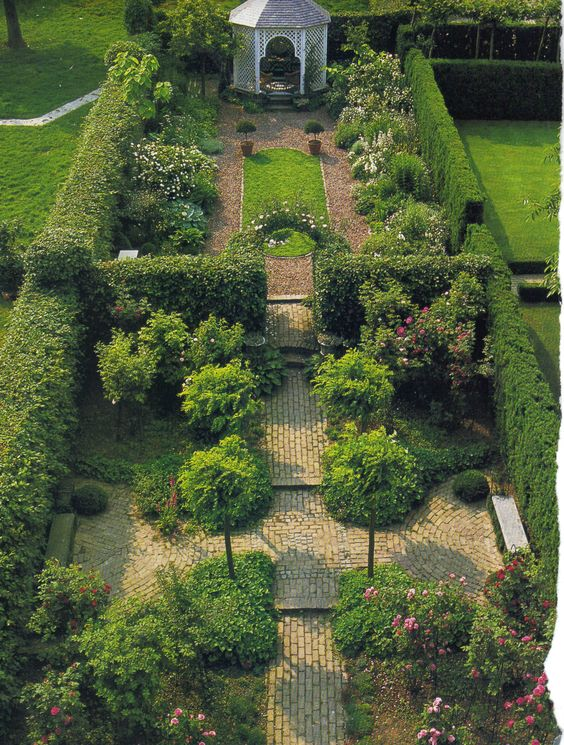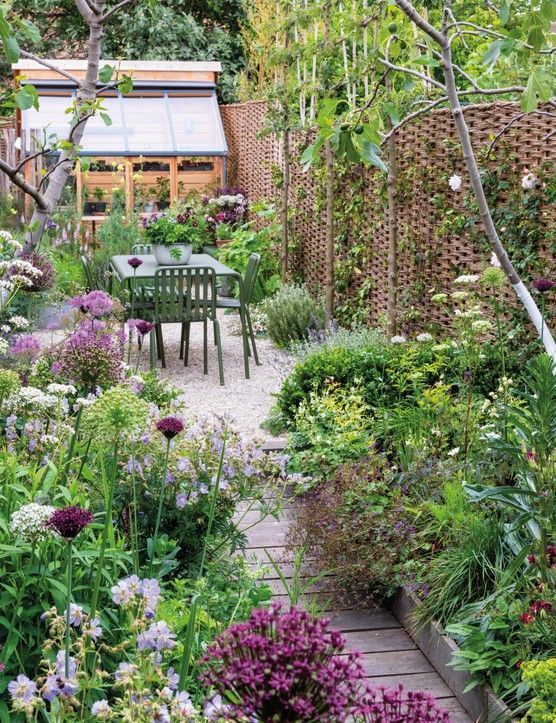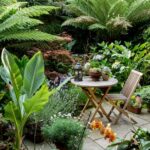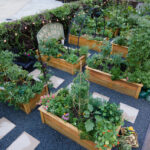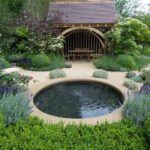When it comes to designing a garden layout, there are several key factors to consider in order to create a beautiful and functional outdoor space. One important aspect to keep in mind is the overall size and shape of the garden area. Some gardens may be long and narrow, while others may be small and square. Understanding the dimensions of the space will help determine the best layout for the garden design.
Another important factor to consider when planning a garden layout is the desired functionality of the space. Are you looking to create a peaceful retreat for relaxation, a space for entertaining guests, or a productive vegetable garden? Once you have a clear vision of how you want to use the garden, you can begin to plan the layout accordingly. For example, if you want to create a relaxation area, you may want to include a seating area surrounded by lush foliage and calming water features.
In addition to functionality, the aesthetic appeal of the garden design layout is also crucial. Consider incorporating a mix of colors, textures, and heights to create visual interest in the space. Grouping plants with similar characteristics together can help create a cohesive and harmonious look. In addition, incorporating elements such as pathways, garden structures, and decorative features can add depth and dimension to the overall design.
When planning the layout of a garden, it is important to consider the various microclimates within the space. Different areas of the garden may receive varying amounts of sunlight, wind, and moisture. Understanding these microclimates will help you select the right plants for each area of the garden, ensuring they thrive in their specific environment. For example, plants that require full sun should be placed in sunny areas, while shade-loving plants should be placed in more sheltered spots.
Another key consideration in garden design layout is the maintenance requirements of the plants and features in the garden. It is important to choose plants that are suitable for your climate and soil conditions, as well as plants that are appropriate for the amount of maintenance you are willing to provide. For low-maintenance gardens, consider selecting drought-tolerant plants and incorporating features such as mulch or ground covers to suppress weeds and retain moisture.
Finally, when designing the layout of a garden, it is important to consider the overall flow and connectivity of the space. Create pathways and focal points that guide visitors through the garden, allowing them to explore and experience different areas of the space. By creating a well-planned and cohesive layout, you can create a garden that is not only visually appealing but also functional and enjoyable to spend time in.

